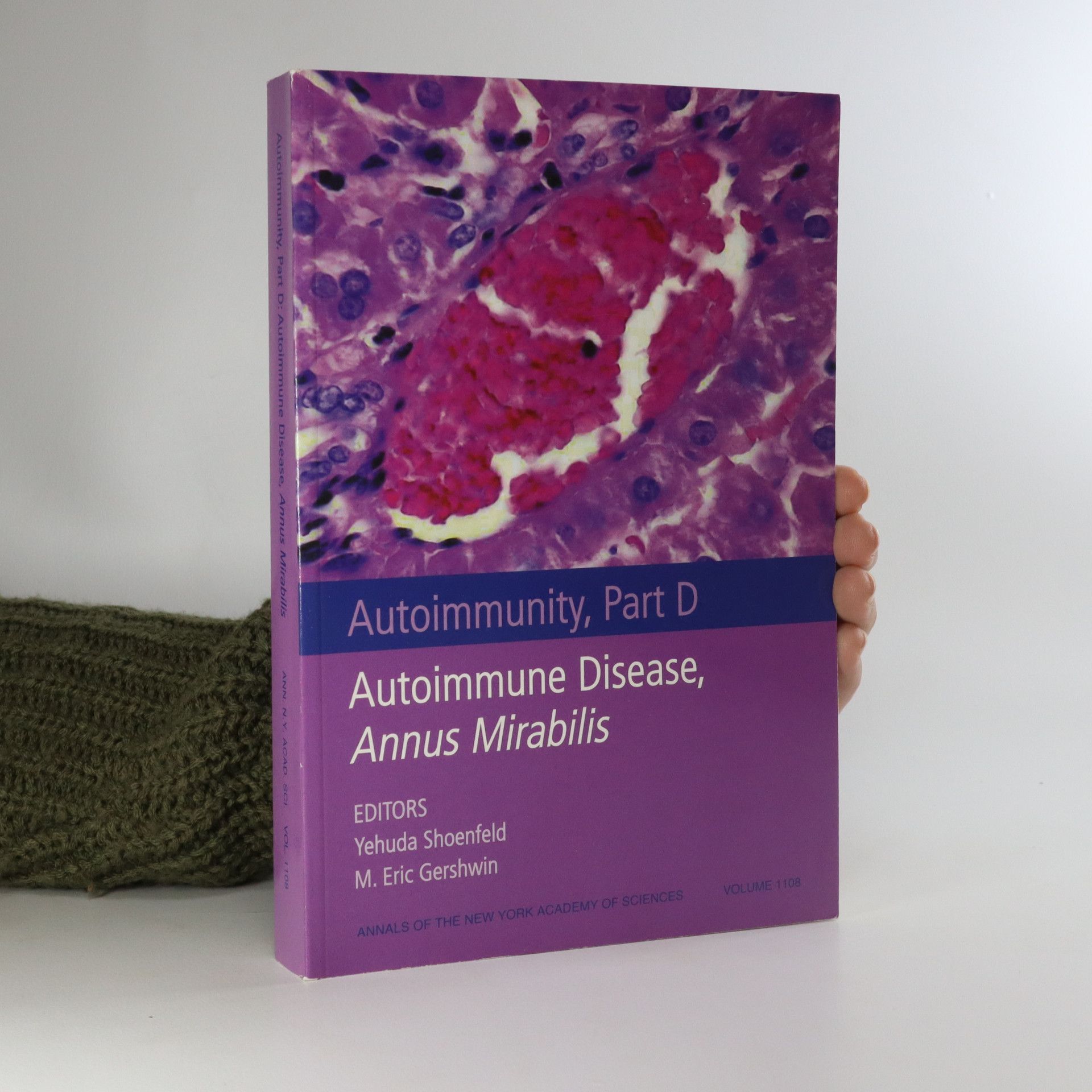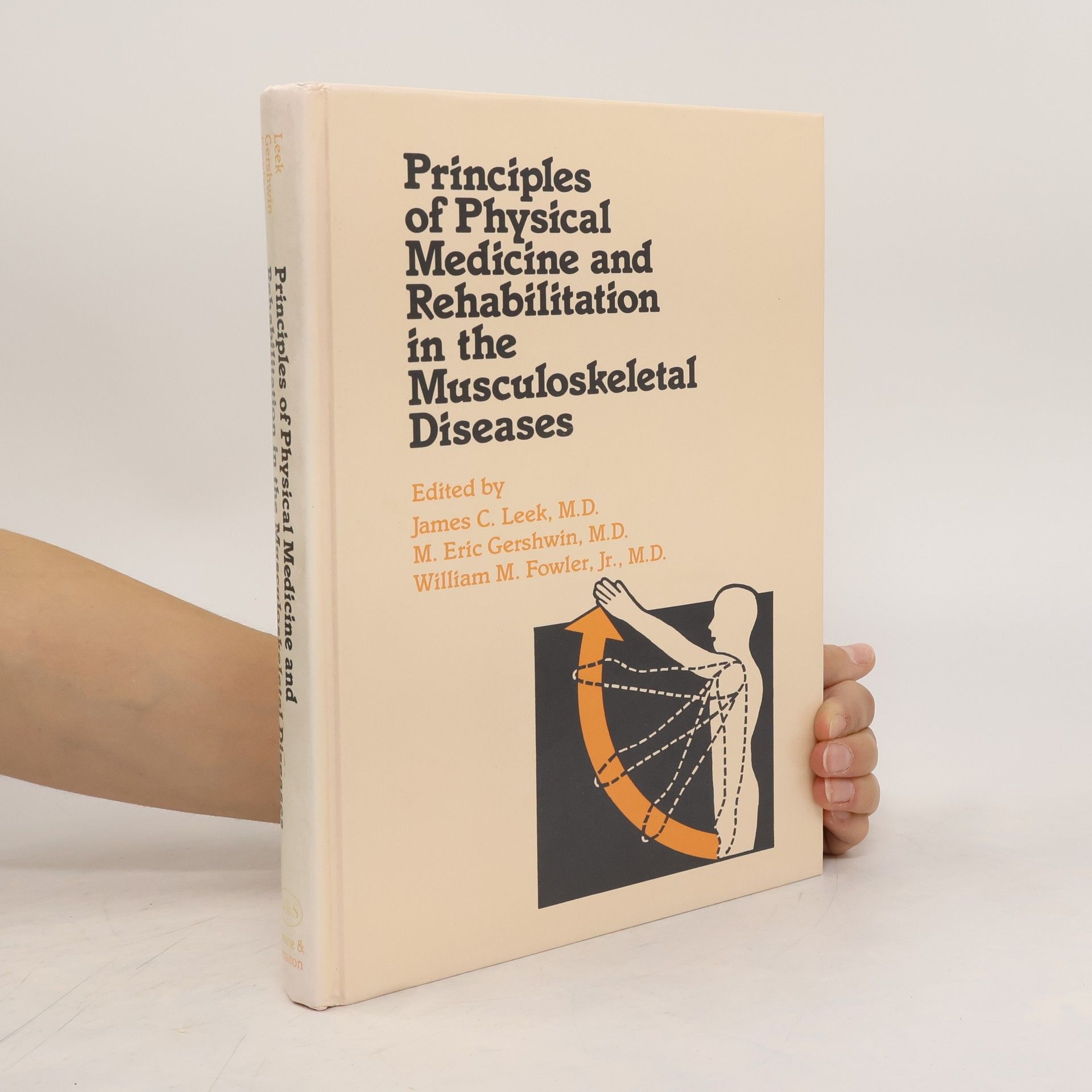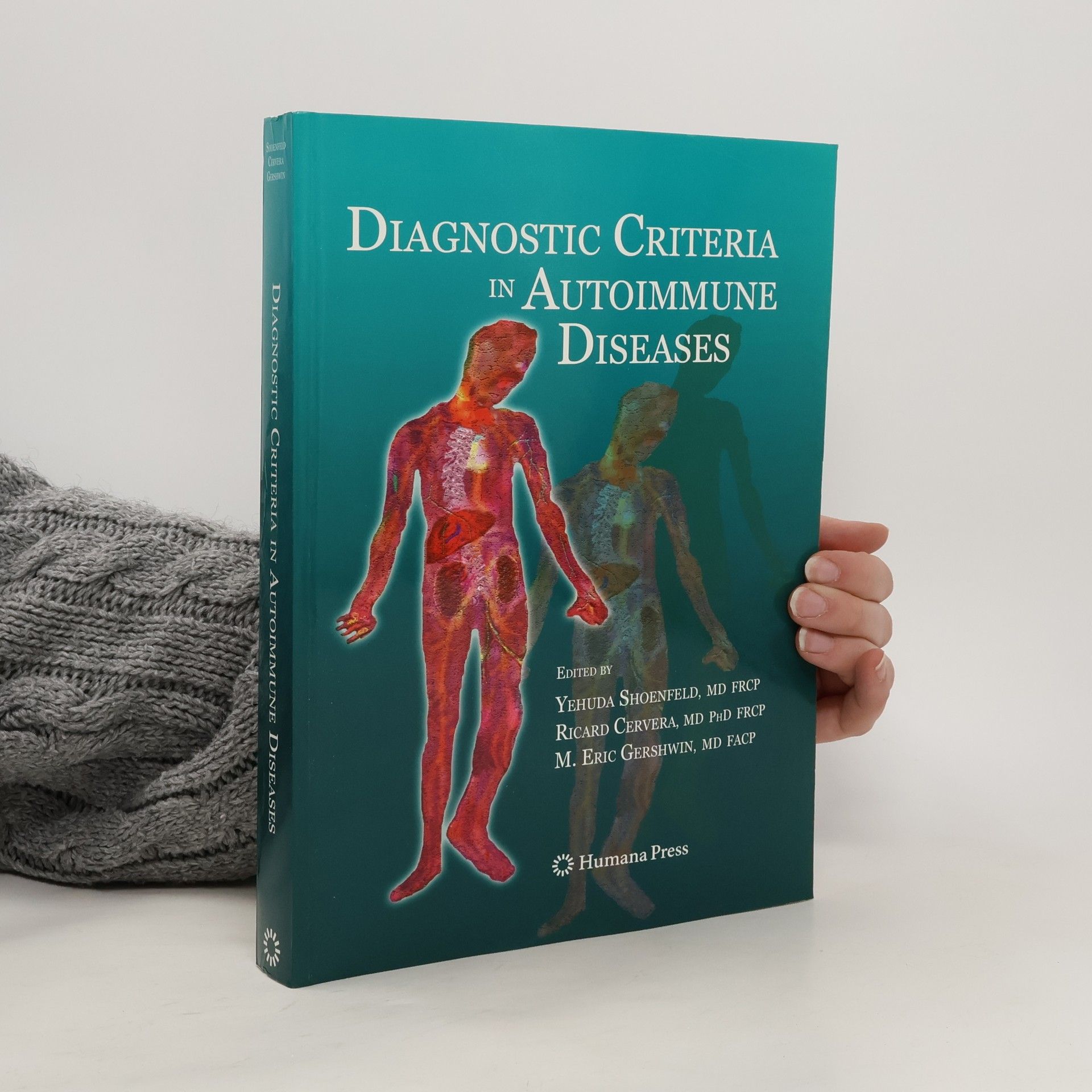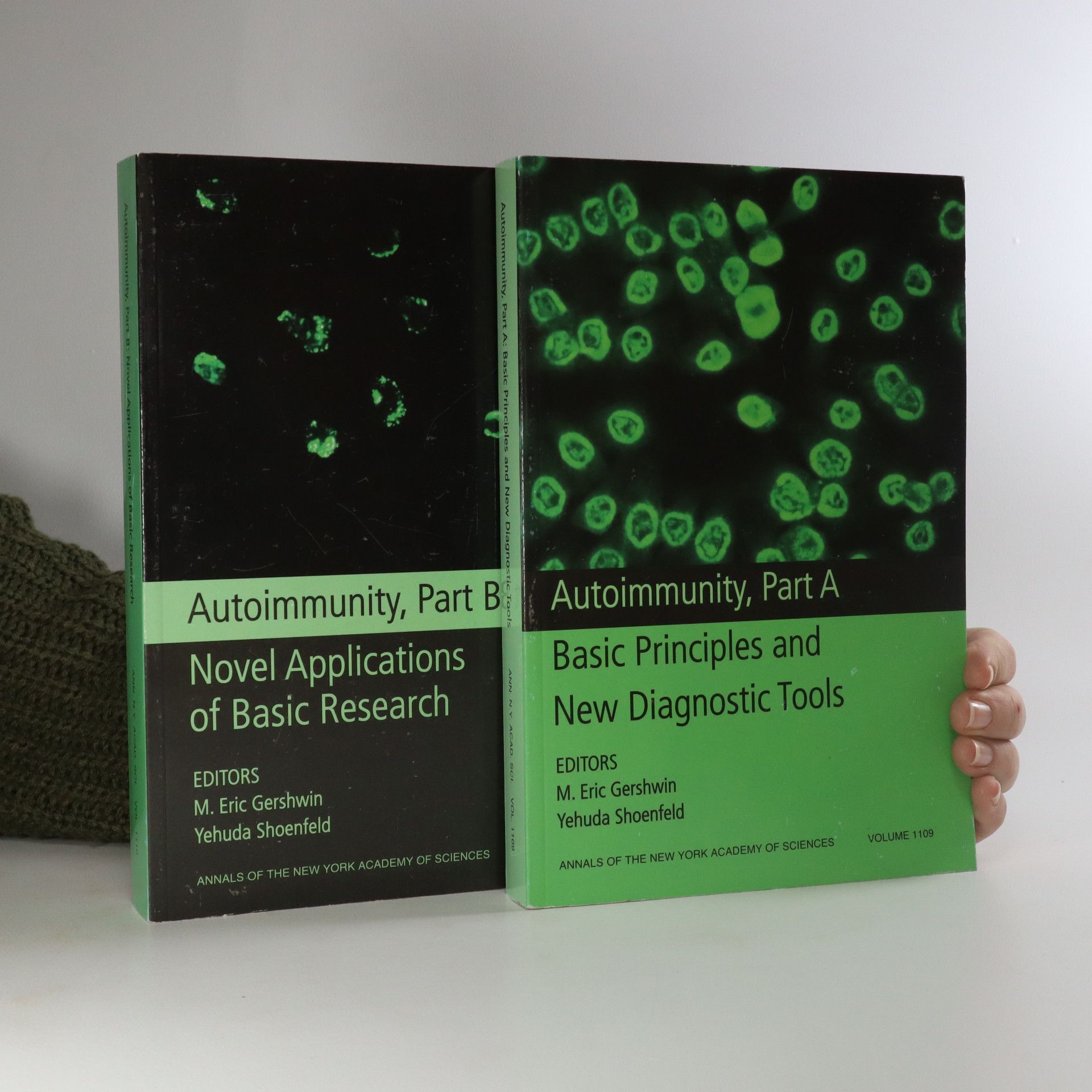Autoimmunity, Part A-B
- 2 zväzky






According to the Autoimmune Diseases Coordinating Committee (ADCC), between 14.7 and 23.5 million people in the USA – up to eight percent of the population are affected by autoimmune disease. Autoimmune diseases are a family of more than 100 chronic, and often disabling, illnesses that develop when underlying defects in the immune system lead the body to attack its own organs, tissues, and cells. In Handbook of Autoimmune Disease, the editors have gathered in a comprehensive handbook a critical review, by renowned experts, of more than 100 autoimmune diseases, divided into two main groups, namely systemic and organ-specific autoimmune diseases. A contemporary overview of these conditions with special emphasis on diagnosis is presented. Each chapter contains the essential information required by attending physicians as well as bench scientists to understand the definition of a specific autoimmune disease, the diagnostic criteria, and the treatment.
This is the third volume of a series of four on autoimmunity, and findings related to particular organs, organ systems, and diseases are presented. The focus in Part C is on autoimmunity and vessel pathology, the neurologic system, cancer, the GI tract, diabetes, the lung, and the heart.
The incidence of autoimmune diseases is increasing worldwide, and the search for better management of these diseases and even for a cure is being pursued by scientists from many disciplines. Tools from the areas of genetics, neuroscience, cell biology, virology, and infectious disease are being applied to the problem and are yielding useful results. This is the fourth and final volume of a series on autoimmunity, and findings related to particular clinical manifestations are presented, particularly systemic lupus erythematosus, scleroderma, rheumatoid arthritis, Sjogren's syndrome, antiphospholipid antibodies, and infections and autoantibodies. Part A presents new principles in autoimmunity and new diagnostic tools; Part B focuses on genetics and advances in treatment; and Part C begins the focus on the clinical venue. NOTE: Annals volumes are available for sale as individual books or as a journal. For information on institutional journal subscriptions, please visit . ACADEMY MEMBERS: Please contact the New York Academy of Sciences directly to place your order ( ). Members of the New York Academy of Science receive full-text access to the Annals online and discounts on print volumes. Please visit for more information about becoming a member
Those who do not feel pain seldom think that it is felt. SAMUEL JoHNSON, The Rambler, no. 48 (September 1, 1750) Who among us has not experienced the suffering of a patient with chronic disease, who in addition to the vicissitudes of fatigue, anxiety, and frustration, must also deal with the suffering of pain? Who among us has not considered, and then reconsidered, whether a patient's complaints are worthy of a narcotic and thence worried about the social and legal implications of chronic use? Who among us has not refused pain medications to our patients for fear that use was turning into abuse? Finally, who among us would not have liked a clinical guide to a myriad of syndromes, all of which have pain as their common denominator, in the hopes of developing some strategy to prioritize treatment. Our purpose in preparing The Pain Management Handbook is to provide the informa tion needed by clinicians to develop strategies that optimize pain management. It is the goal of the editors and authors that the present handbook, above all else, will be clinically useful. Its aim is to provide practical information regarding the diagnosis and treatment of disorders causing pain, along with tables and graphics to provide the busy practitioner with rapid access to relevant data.